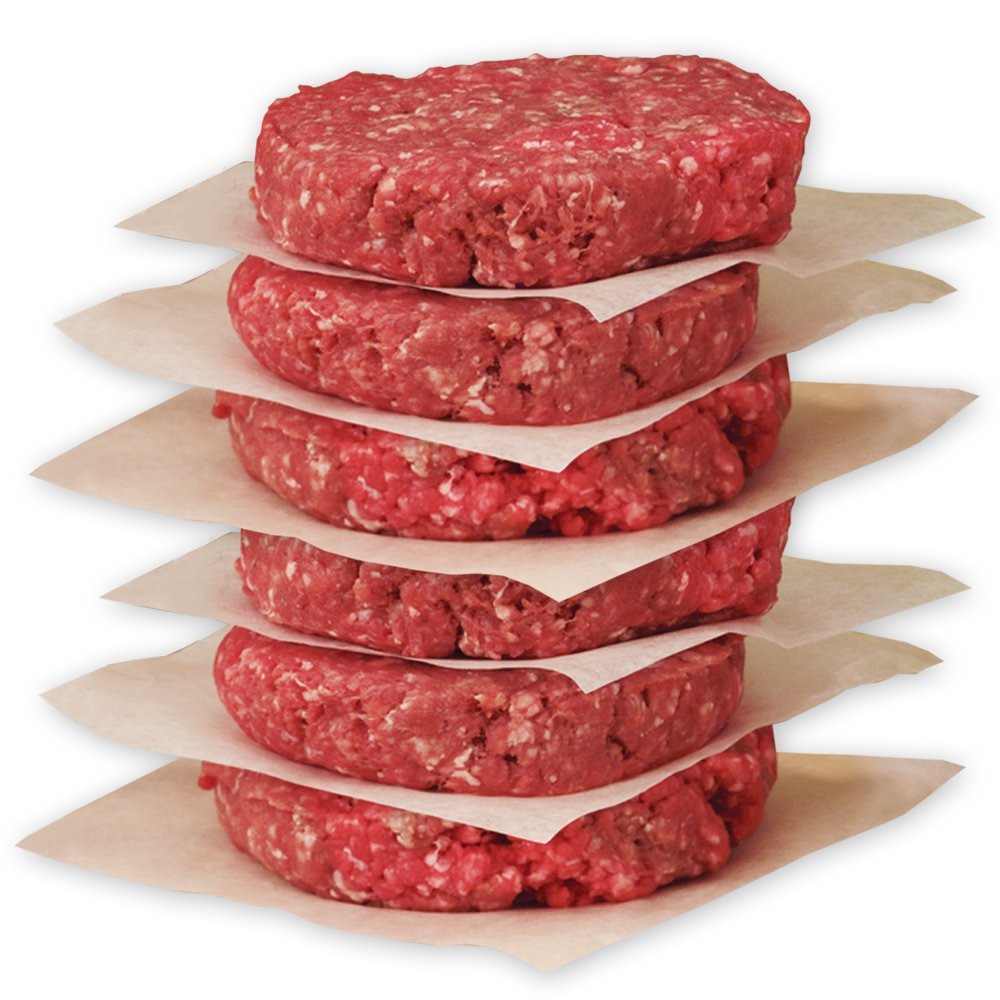Picture yourself in the African Serengeti. You hear the rustling of a bush, the crack of a twig. Your body reacts immediately, moving into a state of hyper vigilance. Good thing too, the noise you heard was the stalking of a wild beast, and gave you enough time to secure your weapon and retreat to a safe location.
As in the above example, stress can be a positive influence in our lives. However, when we face a continuous onslaught of stress with little relief or relaxation between challenges, the negative effects of stress begins to rear it's ugly head.
Nearly 75 - 90% of all doctor's visits are for stress-related ailments and complaints, and stress is known to play a large role in a range of conditions from chronic disease to general aging. As such, the medical community continues to search for the magic bullet to help people cope.
Doctors will prescribe a range of analgesics and anti-inflammatory medications to keep the chronic effects of stress to a minimum. Those outside the medical orthodoxy will look to supplements such as Curcumin to make a difference; however, what if you didn't need to take anything to reduce your stress and to provoke measurable, genetic changes to markers of stress.
What if I told you that you could downregulate proinflammatory genes for free!? I'm sure that 50% of you would be incredulous, while the other 50% would be chomping at the bit to try what I'm about to promote.
Meditation:
A growing body of scientific research is now attempting to understand the neurophysiological and cellular responses induces by methods that improve stress management, including mindfulness-based meditation practices.
Prior studies have established that mindfulness-based stress reduction can reduce cytokine secretion, oxidative stress and DNA damage as well as increase telomerase activity (the enzyme which has a 'rejuvenating' effect on normal cell aging).
The Study:
A recent study by researchers in Wisconsin, Spain and France has reported the first evidence of specific molecular changes in the body, following a period of mindfulness meditation.
The study compared a group of untrained control subjects who engaged in quiet 'intentional' activities including walking, playing video games, reading, etc. with a group of meditators who performed 8 hours of mindfulness practice. Their activity was separated into a morning session -
- 30 min inspiration meditation talk
- 40 min guided mindfulness meditation
- 10 min guided walking meditation
- 20 min unguided walking meditation
- 40 min unguided sitting meditation
- 30 min unguided walking meditation
The participants had a 10 minute audio on mindful eating with a 1 hour lunch break and then participated in an afternoon session of -
- 15 min inspirational meditation talk
- 4 x 40 minute meditation sessions
The Results:
After the mindfulness practice, subjects showed a range of genetic and molecular differences including altered levels of gene-regulating machinery and reduced levels of pro-inflammatory genes, which correlated with faster physical recovery from stress.
The researchers emphasized that there was no difference between the control group and the meditators prior to the 8 hour mindfulness session.
What the researchers were interested in was the fact that their outcome provided proof of principle that mindfulness practice can lead to epigenetic changes in the genome.
The Application:
The application of this should be immediately apparent to the health conscious. We are wading through a soup of chronic inflammation on a daily basis, and anything that we can do to reduce this inflammation (particularly without nasty side effects) should be a staple in our lives.
Big whoop! I can just hear cries of - "I'm glad that the participants got something out of sitting around in lotus pose for 8 hours, but I don't have the time!"
For those who are interested in the positive health effects that mindfulness meditation can have on the body here are a couple of basic exercises that can be done in the comfort of your own home in the space of minutes -
One Minute Mindfulness
 Set your phone or an egg timer to ring in 60 seconds. When you press 'start', your task is to focus your attention on your breathing, and nothing else, for the minute. It's not meant to be a 'rushed' task - you may find that your mind will wander as meditation is a 'learned skill'; however, just notice your mind wandering and gently bring your attention to your breath.
Set your phone or an egg timer to ring in 60 seconds. When you press 'start', your task is to focus your attention on your breathing, and nothing else, for the minute. It's not meant to be a 'rushed' task - you may find that your mind will wander as meditation is a 'learned skill'; however, just notice your mind wandering and gently bring your attention to your breath.
Try not to follow any particular trains of thought, nor engage with your thoughts. They will be there, it's your task to simply concentrate inwards on your breathing.
Mindful Walking
Using the same principles as the first exercise, whenever you are walking somewhere - whether it be on the treadmill at the gym, or to work - just observe what is around you as you walk, staying in the present.
Let all thoughts of the past or future go and ground yourself in the moment. Feel the sensation of your heel striking the pavement and your foot rolling forward, notice the way your clothes move in the wind or how they brush against your skin with each step.
The mind can be a noisy and burdensome beast! Try a couple of minutes of being in the present today and see the difference it can make.
Reference:
Kaliman, P., Alvarez-Lopez, M. J., Cosing-Tomas, M., Rosenkranz, M. A., Lutz, A., & Davidson, R. J. (2014). Rapid changes in histone deacetylases and inflammatory gene expression in expert meditators. Psychoneuroendocrinology, 40, 96-107.

























